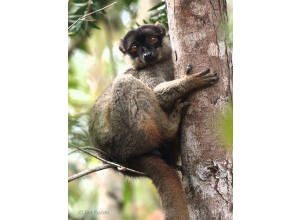
Eulemur fulvus
Eulemur fulvus,Brown Lemur
Brown Lemur (scientific name: Eulemur fulvus) is a medium-sized lemur.Brown ···
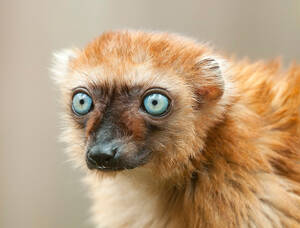
Eulemur flavifrons
Eulemur flavifrons,Blue-eyed Black Lemur
Blue-eyed Black Lemur (scientific name: Eulemur flavifrons) is known as Blue···
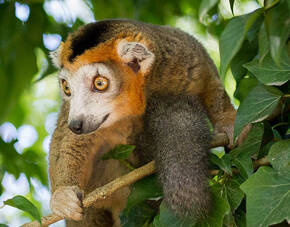
Eulemur coronatus
Eulemur coronatus,Crowned Lemur
Crowned Lemur (scientific name: Eulemur coronatus) is the smallest species i···
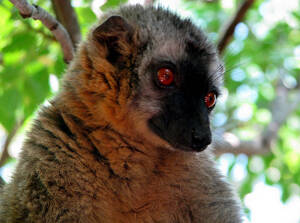
Eulemur collaris
Eulemur collaris,Collared Brown Lemur
The Red-collared Lemur (scientific name: Eulemur collaris) is also known as ···
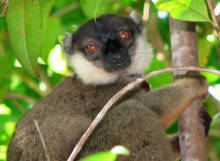
Eulemur cinereiceps
Eulemur cinereiceps,White-collared Brown Lemur,Brown lemur with white collar
White-collared Brown Lemur (scientific name: Eulemur cinereiceps) is also kn···
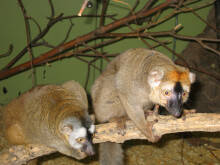
Eulemur albocollaris
Eulemur albocollaris,White-collared Lemur
White-collared Lemur (scientific name: Eulemur albocollaris) is also known a···
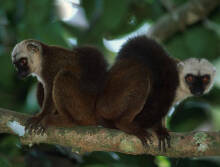
Eulemur albifrons
Eulemur albifrons,White-fronted Lemur,White-fronted lemur, White-fronted brown lemur
The white-fronted lemur (scientific name: Eulemur albifrons) is a medium-siz···
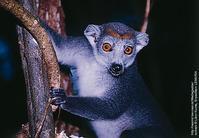
Phaner furcifer
Phaner furcifer
Phaner furcifer, scientific name, is a possible new lemur species, according···
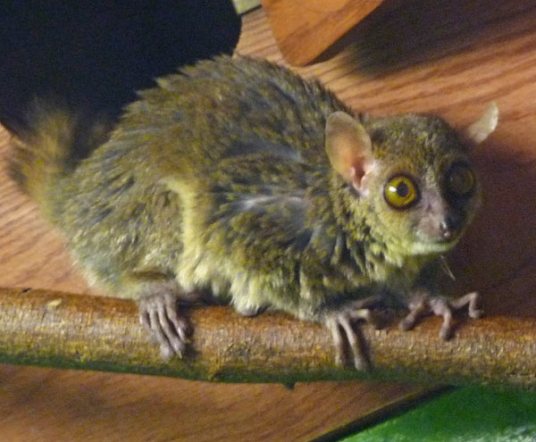
Mirza coquereli
Mirza coquereli
The scientific name of Coquereli's dwarf lemur is Mirza coquereli. It is···
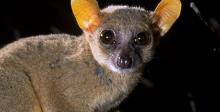
Microcebus rufus
Microcebus rufus
The scientific name of the rufous lemur is Microcebus rufus. It is omnivorou···
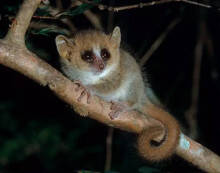
Microcebus murinus
Microcebus murinus
Microcebus murinus, scientific name of dwarf lemur, is found in humid tropic···
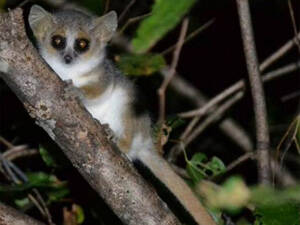
Microcebus griseorufus
Microcebus griseorufus
The specific habits of the red-gray dwarf lemur (scientific name: Microcebus···
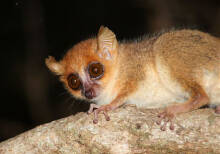
Microcebus berthae
Microcebus berthae.Madame Berthe's Mouse Lemur
Berthe's dwarf lemur (scientific name: Microcebus berthae), also known a···
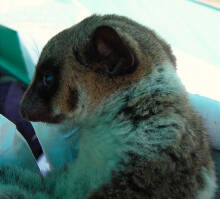
Cheirogaleus sibreei
Cheirogaleus sibreei,Sibree's Dwarf Lemur
Sibree's Dwarf Lemur (scientific name: Cheirogaleus sibreei) is active d···
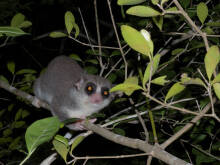
Cheirogaleus medius
Cheirogaleus medius
The fat-tailed mouse lemur, scientifically known as Cheirogaleus medius, is ···
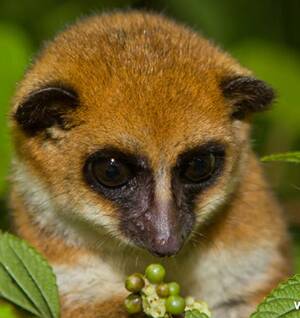
Cheirogaleus major
Cheirogaleus major,Mouse lemur
Mouse lemurs (scientific name: Cheirogaleus major) are arboreal animals.Mous···
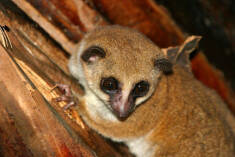
Cheirogaleus crossleyi
Cheirogaleus crossleyi,Clarissa
The habits of the Crossley's mouse lemur (scientific name: Cheirogaleus ···
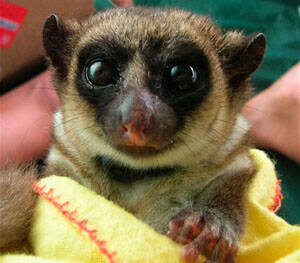
Allocebus trichoti
Allocebus trichoti
The hairy-eared mouse lemur (scientific name Allocebus trichoti') is a l···
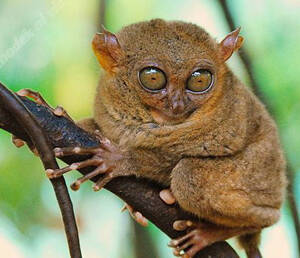
Philippine tarsier
Philippine tarsier,Tarsier
Tarsier (scientific name: Philippine tarsier), also known as tarsier, belong···
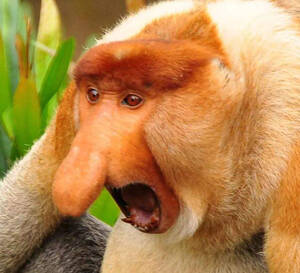
Nasalis larvatus
Nasalis larvatus,Tengu Monkey
The proboscis monkey (scientific name: Nasalis larvatus) is a unique animal ···
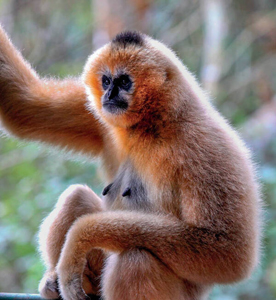
Nomascus leucogenys
Nomascus leucogenys,White-cheeked gibbon,Northern White-cheeked Gibbon, White-cheeked Gibbon, Gibbon à favoris blancs du Nord , vượn bạc má, vượn má trắng bắc, vượn đen má trắng,Hylobates le
The northern white-cheeked gibbon is a species of primate, family Hylobates.···
